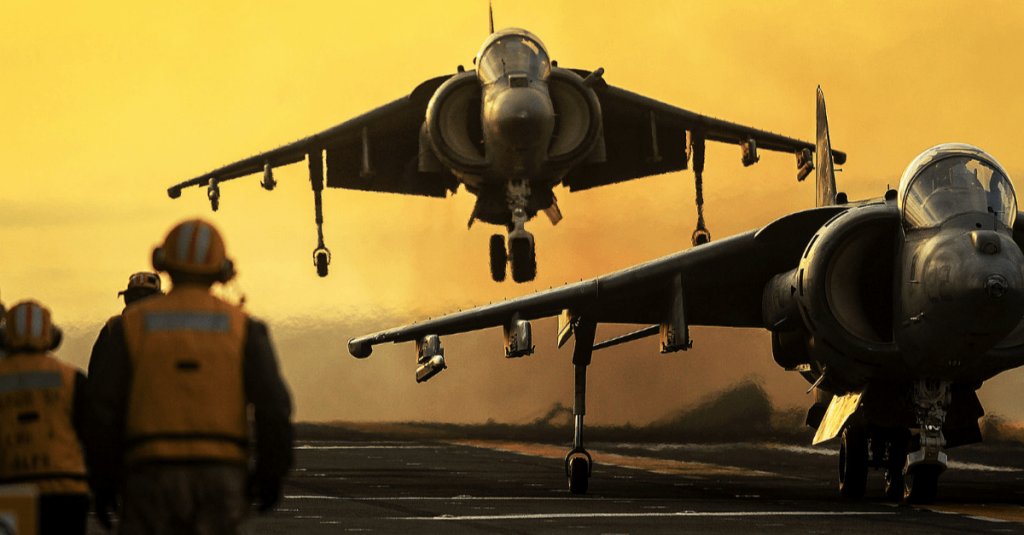

The problems the Marine Corps is having with its F/A-18 Hornet force have been a boon to one plane that was originally slated to go to the boneyard much earlier.
According to Foxtrot Alpha, the AV-8B Harrier has recently gained a new lease on life as upgrades are keeping the famed “jump jet” in service. In fact, the Harrier force has become more reliable in recent years, even as it too sees the effects of aging.

One of the reasons is the fact that the Marine Hornet fleet is falling apart. The Marines had to pull 23 Hornets out of the boneyard at Davis-Monthan last year to address the issues they were facing – and even then, they needed some hand-me-downs from the Navy.
The Marine Corps is planning to replace both the F/A-18C/D Hornets and the AV-8B Harriers with the F-35B Lightning II, the Vertical/Short Take-Off and Landing version of the Joint Strike Fighter. The F-35B has already been deployed to Japan, while the F-35A, operating from conventional land bases, just recently deployed to Estonia.

Originally, the Harriers were slated to be retired first, but the delays on the F-35 and a review that not only changed how the Marines used the Harrier, but also discovered that the Harrier airframes had far more flight hours left in the than originally thought gave them a new lease on life.
As a result, the Marines pushed through upgrades for the Harrier force, including newer AMRAAM missiles and the GBU-54 Laser Joint Direct Attack Munition, a 500-pound system that combined both GPS guidance with a laser seeker. Other upgrades will keep the Harriers flying well into the 2020s.

Capt. Jonathan Lewenthal and Capt. Eric Scheibe, AV-8B Harrier pilots with Marine Attack Squadron 231, Marine Aircraft Group 14, 3rd Marine Aircraft Wing (Forward), fly over southern Helmand province, Afghanistan after conducting an aerial refuel Dec. 6, 2012.
(U.S. Marine Corps photo by Cpl. Gregory Moore)
The Harrier has been a Marine Corps mainstay since 1971 – often providing the close-air support for Marines in combat through Desert Storm and the War on Terror. The Harrier and Sea Harrier first made their mark in the Falklands War, where the jump jets helped the United Kingdom liberate the disputed islands after Argentinean military forces invaded.
